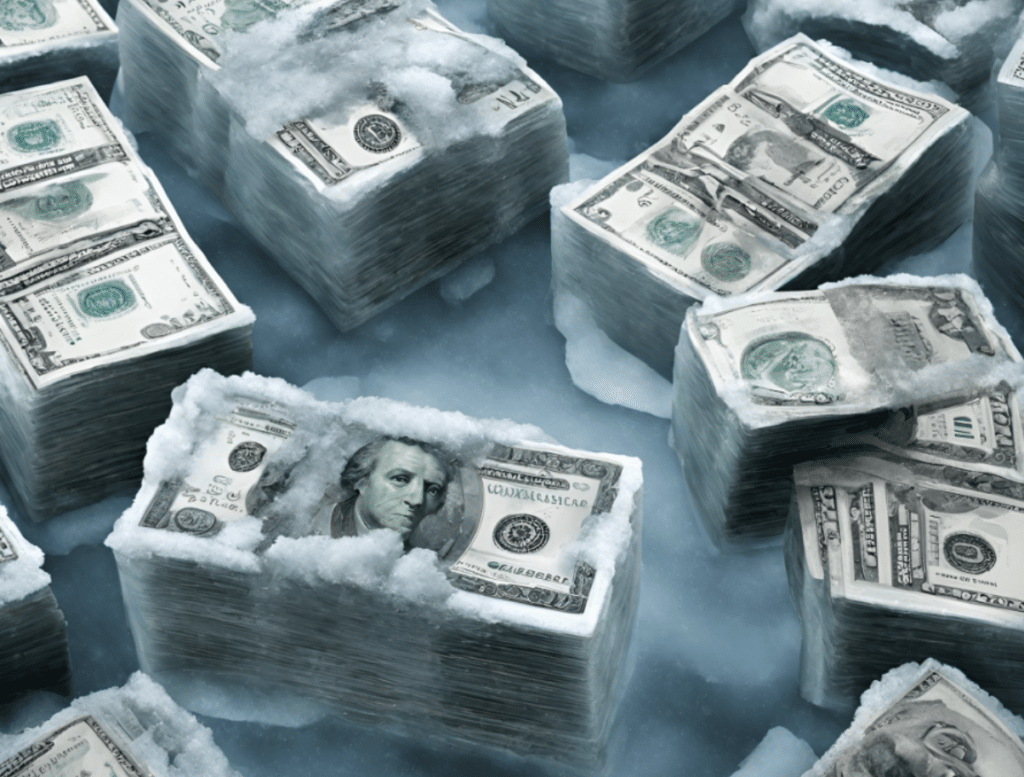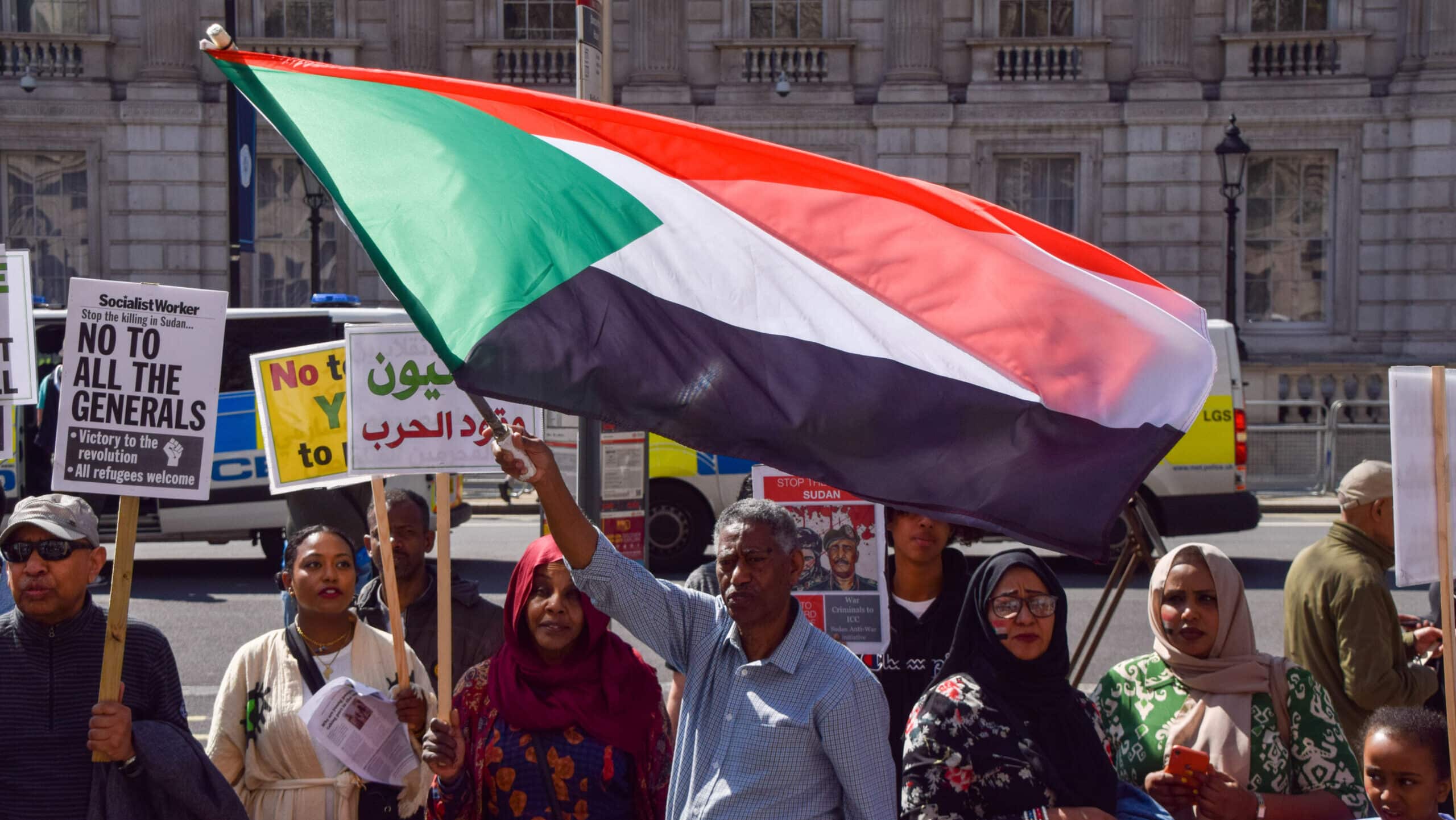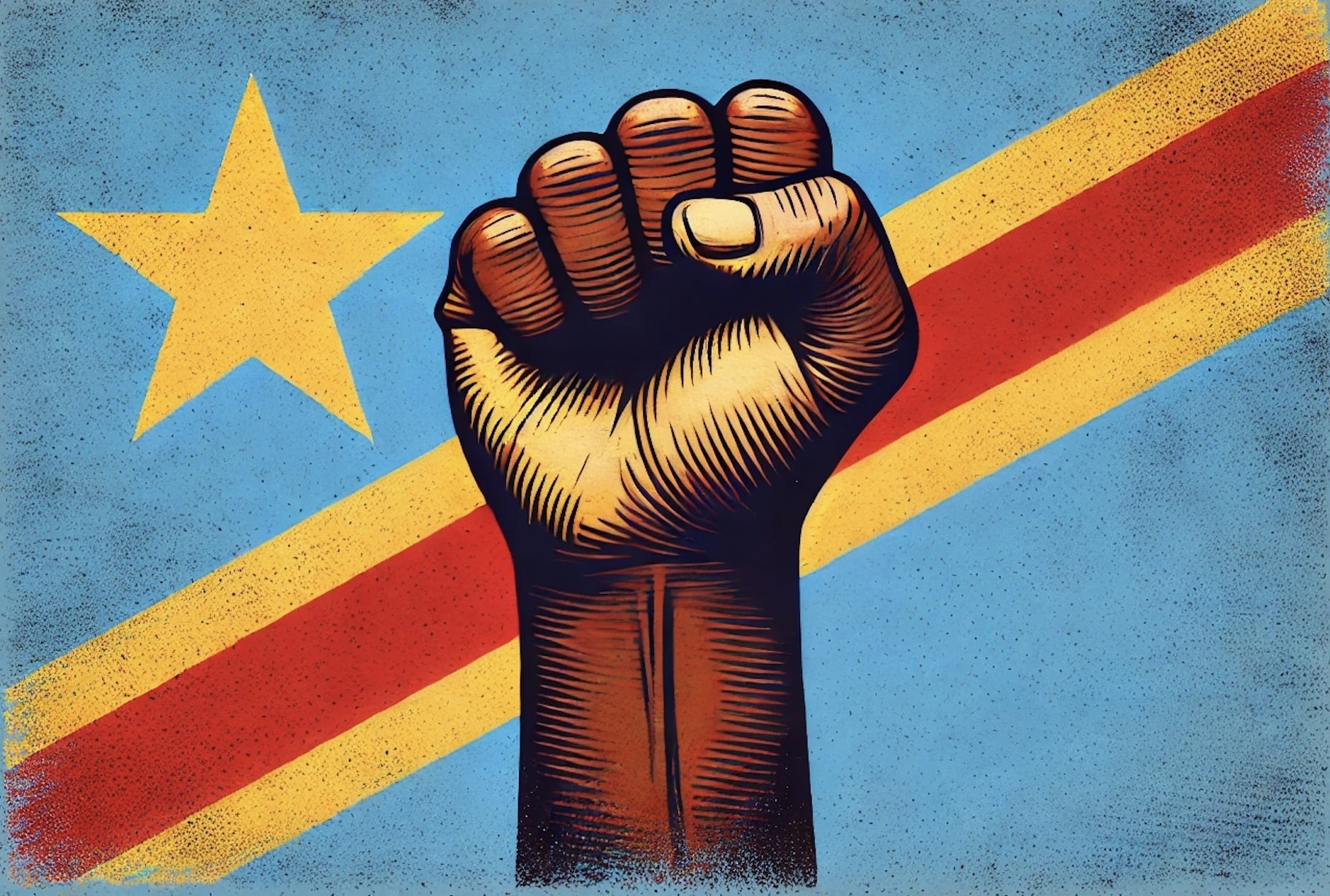Ever since the first months of the war in Ukraine, many, including Ukrainian authorities, have advocated the use of frozen Russian assets for Ukraine's reconstruction. In practice, however, this wish is hard to realise, including in the Netherlands. Indeed, freezing Russian assets is anything but smooth, and deploying them for Ukraine's reconstruction suffers from an international lack of will and decisiveness. What are the obstacles to the just deployment of frozen Russian assets? And what signals does the recent EU summit in Brussels give for this?
Failure to freeze Russian assets in the Netherlands
Before thinking about the use of frozen Russian assets, it is of course essential that these assets are actually frozen in the first place. This requires financial institutions, such as banks, to trace Russian assets that are on the European sanctions list. The Russians are then denied access to these assets, such as bank accounts. Unfortunately, this is not always the case in the Netherlands. Early this year, for instance, a research of Follow the Money that of the approximately 50 billion euros of Russian assets in the Netherlands, only 465 million euros was frozen. So that's about 1%. And that is a harrowing statistic, especially when compared to the state of affairs in Belgium around the same time: the country then had already 58 billion to Russian assets frozen. A major reason for this was the lack of coordination in tracing Russian assets in the Netherlands, which meant the task fell to many different actors: different ministries, companies, lawyers, notaries, and other professionals.
Four months later the situation hardly seemed to have improved. By then, only 664.5 million euros of Russian assets had been frozen as yet, while across the EU 200 billion in assets had been frozen by then. From a research of De Nederlandse Bank additionally revealed that a third of Dutch financial institutions failed to adequately find and freeze Russian assets.
Besides failing to implement sanctions, the Netherlands also has a stake in Russia's circumvention and violation of sanctions, so appeared from figures from the Financial Intelligence Unit Netherlands. Figures revealed that at least 10.5 billion euros of Russian money was transferred to or from the Netherlands last year to escape EU sanctions.
November's election result unfortunately offers little perspective for the Netherlands' future actions in this area. Partly because Wilders opposes sanctions against Russia, his electoral victory was extended celebrated on Russian state media. In Ukraine, therefore, the PVV's gains lead to fear for the further erosion of Western support to the country.
Russian assets as means of rebuilding Ukraine
One of the many reasons why the successful freezing of Russian assets is so important is the important purpose for which the money can be a tool: the reconstruction of Ukraine. Indeed, any financial contribution to this recovery is more than necessary. Indeed, the cost of Ukraine's reconstruction is substantial: it is estimated that it could exceed $1 trillion. Currently, there is about $400 billion to Russian assets frozen.
The reconstruction of Ukraine is a price Russia must logically pay, given the damage it has done. Thus argued Ukrainian President Volodymyr Zelensky: "Russia must pay the full price for its aggression".
Russia's invasion of Ukraine has been guilty of an enormous amount of damage, injury and destruction in Ukraine. Not only physical, but also economic, psychological and cultural. So as far as possible, Russia will have to repair what it has destroyed. Russia's frozen assets give many countries the perfect opportunity to impose this moral responsibility on Russia.
Why so keen to invest in Ukraine's reconstruction? One of the many reasons why Ukraine's recovery is so hugely important is that its post-war stability is all-important for the future possibilities of expansionist Russia. Indeed, a stable, prosperous, and democratic Ukraine, a Ukraine in which fundamental rights are protected, and a Ukraine that is a full member of the European and North Atlantic political community, is one way to counter Russian expansionism. Indeed, unstable and polarised neighbours of Russia provide the perfect breeding ground for Russia to spread its undermining influences, which often involve erosion of democracy, human rights, and sovereignty.
A (lack of) international will and action
The value of using frozen Russian assets for Ukrainian reconstruction seems almost self-evident. Yet this idea does not seem to have universal support. What are the relevant international developments?
Let's start with two international players who do lead by example: Belgium and Estonia. On 12 October approved the Estonian government approved a bill that, once passed by parliament, would allow the transfer of immobilised Russian assets to Ukraine. The Estonian foreign minister described this as an encouragement for other countries to draft similar rules. A day earlier reported Belgian Prime Minister Alexander De Croo that Belgium expects to support Ukraine with the billions raised from Russian assets. De Croo called on other EU countries to follow Belgium's example.
Shifting our gaze outside Europe, we see the US making modest progress. Earlier this year, for instance, the country transferred more than $5 million in seized assets of a Russian oligarch to Ukraine. Yet the US government often continues to heckle on the issue of legal obstacles to seizing Russian assets. Here, however, falls against that the US president can use emergency powers to transfer these sovereign assets to an escrow account earmarked for Ukraine's recovery. Thus, similar economic countermeasures were taken against Iranian state assets in 1981 and Iraqi funds in 1992. In addition, the Renew Democracy Initiative concluded, in an extensive report, that there is no basis for the alleged legal doubts about whether the US president has this authority. Despite lingering doubts, some progress seemed to have been made by the end of September. When stated the US envoy for Ukraine's reconstruction explicitly that Russian assets frozen by Western countries should be used for Ukrainian reconstruction.
Resistance in the European Union
If Russian assets were used for Ukraine's recovery, this will be a significant reduction in costs for the European Union. Indeed, the EU has promised to bear a huge part of Ukraine's reconstruction costs. Nevertheless, the idea of using frozen Russian assets for Ukraine's reconstruction is also met with resistance in the EU. Early September appeared then that opposition from some EU countries, including Germany and France, led the European Commission to delay plans for a tax on profits from frozen Russian state assets.
Legal considerations also come into play here. There are doubts about flexibility within international law and safeguarding sovereignty. Here, as a counter-argument, reference can again be made to the report of the Renew Democracy Initiative. In addition, experts worked on a theoretical legal basis from which governments should pursue options to make Russia pay for the financial costs of its aggression.
Another major reason for European resistance is economic. For instance, concerns are expressed about the effect the plans would have on the international reputation of the euro and EU trade relations. The idea here is that countries will be put off by the fact that their assets in European countries could be frozen 'just like that' for political reasons. Confidence in the euro would fall as a result.
However, the question is to what extent it is actually assumed that the European Union will seize foreign assets more often. Besides, this will not happen 'just like that' either, given that we are talking about serious war crimes here. And even if the euro's reputation will decline: is that reputation really more important than our reputation for Ukraine?
Economist Vladislav Inozemtsev has a proposal introduced that both respects "European legal rules and the credibility of the European financial system" and deploys Russian assets for Ukrainian recovery. He added: "This set-up will not completely solve all financial and legal problems with frozen Russian assets. But I do think the current situation is much worse, because Western countries now benefit from the assets. These contribute to the profits of their financial system (...) With some imagination, we can even say that the West is now providing its financial aid to Ukraine from Russian money; in fact, the total amount of financial and military aid is nowhere near the $300 billion frozen in Western banks."
A glimpse of hope?
Meanwhile, with the frozen Russian assets, a book profit of almost three billion euros yielded. With the necessary exceptions, there is unfortunately, for now, international resistance to using these proceeds to reconstruct Ukraine. Yet at last month's EU summit in Brussels, on 26 and 27 October, it seemed that tentative steps will be taken.
European Commission President Ursula von der Leyen had already previously promised to present a plan for the billion-dollar asset stripping, but to no avail. EU leaders therefore wanted to discuss the issue again at the two-day summit. They wrote in a draft statement that they demanded "decisive progress" regarding the use of frozen Russian assets to support Ukraine. In addition argued both the United States and the United Kingdom expressed support for an EU plan to tax profits from frozen Russian assets to finance Ukraine.
During the EU summit supported EU leaders then also plan to use profits from frozen Russian state assets to rebuild Ukraine. They called calling on the High Representative and the European Commission to make legislative proposals to this end. On the final day of the EU summit said Von der Leyen admitted that the European Commission was working on a proposal to use part of the profits from frozen Russian state assets to support Ukraine and its reconstruction. However, she did not specify when such a proposal would then actually appear.
Although these steps go in the right direction, it is important not to cheer too soon. Despite the fact that the EU proposal has yet to appear, it is already striking that the Russian money the Commission plans to deploy to Ukraine is only a small part of the money from Russian assets that the EU could deploy. In addition, it remains important to continue working towards improved detection and freezing of Russian assets, especially in the Netherlands.





